
Overview
If you're struggling to decide between PTE and IELTS, you're not alone. Questions like 'Is PTE easier than IELTS?' and 'Which is the better option, IELTS or PTE?' often pop up in students' minds aiming to study abroad.
Passing an English language competency exam is crucial for those seeking to pursue higher education overseas. Traditionally, candidates looking to study abroad have relied on the IELTS Academic and TOEFL iBT exams.
In this blog, we have included a brief overview of PTE and IELTS and explained the difference between IELTS vs PTE, their cost, exam pattern and much more.
Brief Overview: PTE vs IELTS
Although the PTE and IELTS examinations are meant to evaluate a candidate's skills and English ability, they have significant differences.
What is the IELTS exam?
IDP India conducts the English proficiency test, IELTS or International English Language Testing System. Governments worldwide highly regard IELTS for academic and immigration purposes. More than 10,000 international organisations accept the test score, demonstrating its universal acceptance as a required English language exam.
With options for both computer-based and paper exams, IELTS gives test-takers adequate flexibility. The test is administered in a single sitting and has four primary sections: Listening, Reading, Writing, and Speaking. Further, the speaking portion will occur the same day or seven days before or following the other parts.
To ensure an efficient assessment, results for paper-based assessments are usually available 13 days after the test. Professional examiners mark the Speaking portion, while a separate examiner marks the writing assignments.
What is the PTE Exam?
Pearson PLC, a prominent international firm based in the United Kingdom, administers the PTE Academic computerised test. The test is famous for its affiliation with valued universities such as Yale and Harvard Business School.
PTE Academic can be completed in a single sitting in only three hours because it is entirely computer-based and consists of four primary sections: Speaking, Reading, Writing, and Listening. Many students receive their scores even sooner, often within three days—and the exam results are typically published within five business days.
What is the Difference?
Below are a few points which show the difference between PTE vs IELTS:
-
The primary distinction between the PTE and IELTS is that the PTE examination is entirely computer-based and is graded by a machine. In contrast, the IELTS test gives candidates the option of a paper-based or computer-delivered exam.
-
The speaking portion of the PTE requires candidates to speak to a computer, whereas the speaking portion of the IELTS requires them to talk with an examiner face-to-face.
-
Speaking, Reading, Writing, and Listening are the four basic language abilities tested on the PTE and the IELTS exams. Despite several variations in the pattern and style of assessment, both tests are more complex than the other.
-
Three hours are allotted for the two tests. The PTE consists of multiple short tasks spread across three sections, whereas the IELTS consists of four sections with relatively longer tasks. The PTE focuses more on the speaking and writing sections than the IELTS test.
Comparison Between PTE Score vs IELTS Score
Universities require a minimum score of 6.0 and 6.5 on the IELTS, scored on a scale from 0 to 9, with a 0.5 gap for each section. The results are averaged for the four sections. Each section is given a band score, and candidates receive an average score calculated by adding the band scores of all the sections together.
Universities select a minimum score of 55 to 60 on the PTE, which evaluates applicants on a global English scale ranging from 10 to 90. Candidates who take the PTE receive a thorough section-by-section analysis, just like in the IELTS.
The table below shows a comparison between the PTE score vs IELTS score:
| PTE Score | IELTS Score |
|---|---|
|
30 |
4.5 |
|
36 |
5.0 |
|
42 |
5.5 |
|
50 |
6 |
|
58 |
6.5 |
|
65 |
7 |
|
73 |
7.5 |
|
79 |
8.0 |
|
83 |
8.5 |
|
86 |
9.0 |
Difference between IELTS and PTE
Understanding the differences between the two English proficiency tests, PTE and IELTS, is essential. So, let us delve into further distinctions between both exams:
1. Test Versions:
-
There are two IELTS versions available: IELTS Academic and IELTS General.
-
On the contrary, there are two types of PTE: PTE Academic and PTE General. PTE General only provides computer-based exams.
2. Test Registration:
-
IDP India administers the IELTS and test centres managed by these organisations. Pearson administers PTE, while Pearson and its franchise partners handle the test centres.
-
Pearson handles PTE registration online, however, IELTS registration is done both offline and online through IDP and the British Council.
3. Availability of Scores:
-
IELTS results for the pen-and-paper version are available 13 days after the test, while results for the computer-based version are available 3–5 days later.
-
Pearson officially announces PTE results five business days after the test. PTE scores are assessed by a computer and made available two days after the test.
4. Format of the Score:
-
The range of IELTS scores is 0 to 9 and the average of the various subskill (Listening, Speaking, Reading, and Writing) results is used to determine the total score.
-
Pronunciation, Grammar, Oral Fluency, Written Discourse, and Vocabulary have their ratings in addition to the total PTE score, ranging from 10 to 90.
5. Chances of Scoring:
-
Reviews indicate that PTE Academic is easier than IELTS.
-
IELTS is thought to be more difficult, requiring a deeper comprehension of vocabulary, grammar, and pronunciation, conversely, due to its emphasis on application rather than a thorough exploration of foundational concepts, that’s why PTE seems to students to be a little bit simpler.
-
However, PTE Academic makes conversational English more flexible for test-takers by emphasising its practical application, however, a distinct set of question types for the reading test seems difficult to understand, particularly for those taking IELTS for the first time.
Exam Pattern: IELTS vs PTE
PTE Academic and IELTS Academic share a similar framework. Nevertheless, there are differences in the tasks' timing and organisation, as well as the sequence in which skills are tested.
Overall test pattern:
| PTE Academic | IELTS Academic |
|---|---|
|
Listening: 30 - 43 minutes |
Listening: 30 minutes |
|
Reading: 29 - 30 minutes |
Reading: 60 minutes |
|
Speaking and Writing: 54 - 67 minutes (tested together) |
Writing: 60 minutes |
|
- |
Speaking: 11 - 14 minutes |
|
Test duration: Approximately 2 hours |
Test duration: Approximately 2 hours 45 minutes |
The PTE Academic and IELTS Academic speaking sections differ significantly. First, speech and writing are evaluated as integrated skills in PTE Academic but examined separately in IELTS Academic.
Second, the PTE Academic Speaking portion is filled out and evaluated automatically on a computer. The IELTS Academic speaking portion, on the other hand, is conducted in person with a human examiner. Many PTE Academic students feel less anxious about using a computer to complete the speaking portion. This is due to their self-assured belief that only their English proficiency is being evaluated.
Furthermore, the PTE Academic Speaking component can be finished in a single test session on the same day because it is computer-based. On the other hand, students taking the IELTS Academic course may need to finish the speaking portion one week later on a separate day.
Task types
Although the tasks in both tests are equally distinct, they evaluate the same abilities. Let's examine this:
1. Writing
The 'Essay' assignments on the PTE Academic and IELTS Academic are similar. This means that you won't have to make any changes to your preparation methods.
The primary distinction between the two writing tasks is that PTE Academic requires students to provide a one-sentence summary of a written text. Candidates taking the IELTS Academic are required to describe or summarise a graph or chart.
| PTE Academic | IELTS Academic |
|---|---|
|
Speaking and Writing: 54 - 67 minutes |
Writing: 60 minutes |
|
|
Students must do the following to perform well on either test:
-
Arrange their paragraphs and sentences logically.
-
Combine facts to create a summary.
-
Strengthen an argument with specifics, illustrations, and justifications
-
Make use of proper mechanics, language, and spelling
-
Use language that is appropriate for the writing's setting.
2. Speaking
The PTE Academic 'Describe Image' task examines the same language skills as the IELTS Academic first writing task, which asks candidates to describe a graph or chart. Thus, it will be extremely easy for you to modify your preparation method for this assignment.
| PTE Academic | IELTS Academic |
|---|---|
|
Speaking and Writing: 54 - 67 minutes |
Speaking: 60 minutes |
|
|
Students must speak clearly, with correct pronunciation and adequate emphasis on tone, while attempting this section in both exams. They must also be able to structure an oral presentation rationally and provide facts, examples, and justifications to back up their picture analysis.
3. Reading
The PTE Academic and IELTS Academic reading sections have different timings and structures. PTE Academic requires students to complete fewer questions in notably less time. Though they are shorter, there are more individual texts. However, IELTS takes time to complete, and it has four distinct sections where you can focus on each task (Listening, Reading, Writing, and Speaking) separately. Additionally, exam participants have just one question per paragraph. Thus, students can go on to the next text, which offers additional chances for them to show off their understanding if they are unsure about a text's meaning. They won't have to answer five questions concerning a single text.
Students must concentrate on understanding the text's content and be able to identify its central idea, purpose, and tone. Along with the capacity to deduce meaning, other critical skills include skimming and scanning for information. Moreover, reading extensively and consistently is the best approach to ensure success in this part.
| PTE Academic | IELTS Academic |
|---|---|
|
Reading: 29 - 30 minutes |
Reading: 60 minutes |
|
|
4. Listening
There are major differences between the Listening parts of the PTE Academic and the IELTS Academic Listening, which are mentioned below:
| PTE Academic | IELTS Academic |
|---|---|
|
Listening: 30 - 43 minutes |
Listening: 30 minutes + 10 minutes |
|
|
IELTS Academic features dialogues and monologues in social contexts. On the other hand, genuine academic references are included in seven of the eight PTE Academic recordings. Further, IELTS Academic features more questions but fewer recordings, much like the reading portion.
Furthermore, the tasks are very diverse. In specific IELTS Academic assignments, students must match answers, label a map or figure, and complete the phrase. In contrast, PTE Academic problems require students to write from dictation, underline incorrect terms and highlight correct summaries.
Exam Cost and Acceptance: PTE vs IELTS
The following comparisons between the PTE vs IELTS exams in terms of acceptance and cost as follows:
-
Cost of PTE vs. IELTS: The examination fees for IELTS and PTE are almost the same. While the PTE costs INR 15,900 (GST included), the IELTS costs INR 17,000.
-
Acceptance of IELTS vs. PTE: IELTS is still significantly more widely accepted, accepted at 10,000 colleges in 140 countries. Since PTE launched in 2009, its acceptance in educational institutions has increased considerably. Trends suggest that PTE is becoming more widely accepted in Ireland, Australia, and New Zealand.
Academic Criteria: Difference Between IELTS and PTE
Each applicant wants to know which exam best suits their needs. We strongly advise applicants to take at least one mock exam of each and compare their PTE and IELTS results before choosing the best fit.
The primary factor to consider is whether the desired university or nation has approved the test results. Some universities only accept specific test scores for language proficiency. Additionally, the language proficiency exam results are significant when applying for a student visa.
Regarding education, there are a few minor differences between the PTE and IELTS. There are four important academic considerations that you must keep in mind when picking between the two:
-
Exam Type Comfort: PTE would be preferred if you confidently navigate a digital user interface. However, IELTS would be more comfortable if you have become used to the written exam format.
-
Speed in Solving: PTE is a better exam than IELTS if you can answer many questions quickly.
-
Comfort with Writing: Considering how much emphasis it takes on written analysis, the IELTS would be a wonderful choice if you can write rapidly and analytically.
-
Your Speaking Accent: Pronunciation is the primary factor the PTE uses to assess the speaking segment. Therefore, IELTS would be the better choice if you have a strong accent.
Register Now, for a free Mock test - Join Today!
Conclusion
To conclude, in IELTS vs. PTE, even if you have a very high score on the mock exams, you still need to prepare for each exam by understanding the pattern and structure. Ensuring that your students receive adequate practice is critical, so is listening for general understanding and taking notes on vital, pertinent information.
If you are still confused about which one to choose between PTE vs IELTS, or want to prepare for, IELTS or PTE, we recommend you sign up for our IELTS courses designed by our experts. If you need further guidance, please contact Prepare IELTS Exam (PI) expert counsellors. Our team of education experts is dedicated to assisting you in the best possible way for the IELTS exam. You can also get a one-on-one counselling session online via our platform. Contact us at info@prepareieltsexam.com or call us at +91 9773398388.
FAQs
Yes, it is possible to reschedule or cancel the tests up to five weeks before the scheduled test date. Unless there is an emergency or medical cause, total fees are charged. Refunds are possible with a valid medical certificate submitted five days before the test date, less an administration cost. Under some circumstances, rescheduling is also permitted as long as a good explanation is given.
Once you have answered a question in the dynamic PTE environment, there is no way to go back or undo it. Candidates can only advance in the test in an ordered manner after responding to a question. The IELTS exam, on the other hand, offers a more flexible format that lets you jump around between parts. This adaptability makes it easier for you to review questions, edit them, and improve your answers, making taking tests more tactical and intelligent.
It is impossible to classify either exam as easy or challenging. Nonetheless, some may find one more acceptable than the other, considering the differences in pattern and structure. Further, the PTE has a flexible format, while the IELTS has a set number of questions.
IELTS is the best choice when looking for visa test results, especially for immigration. It is well-known for being widely accepted in immigration procedures and has established itself as a trustworthy measure of English language ability. Choosing IELTS for your visa application guarantees compliance with immigration authorities' standards and provides an internationally recognised and respected means of proving your language proficiency.
The PTE writing component has two to four questions, while the IELTS writing section has two tasks.
Latest Blogs
-

IELTS Score for Canada: Minimum IELTS Requirement for Canada 2025
2024-09-27 18:24:14
-
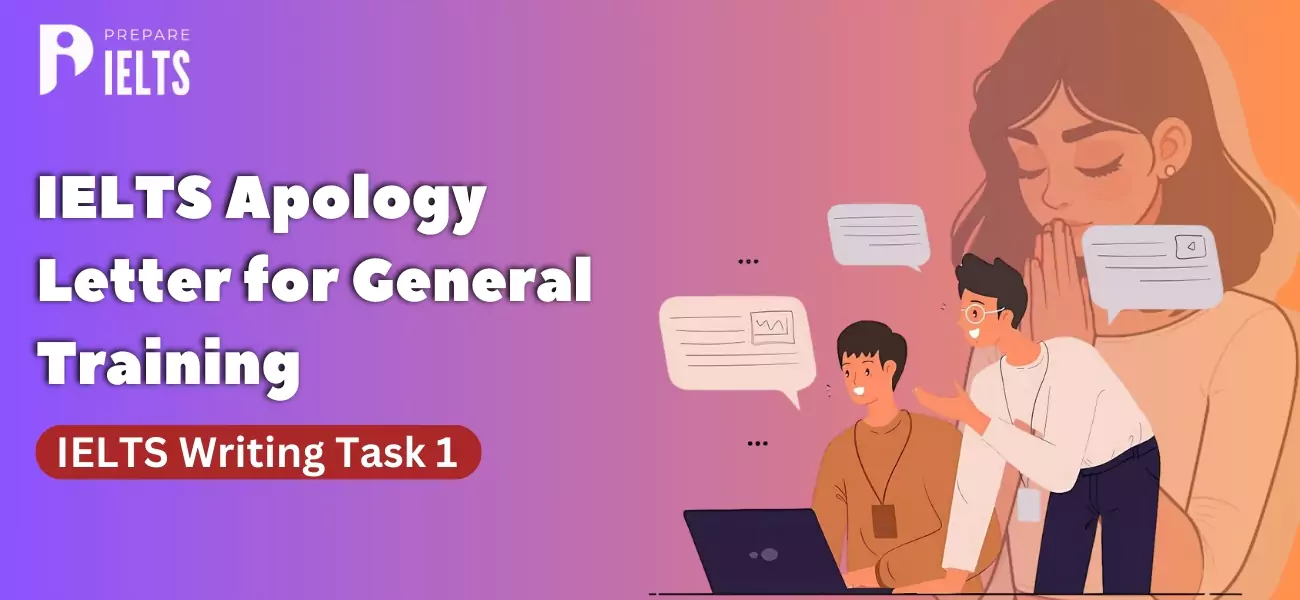
IELTS Apology Letter for General Training: IELTS Writing Task 1
2024-09-25 16:38:03
-

Minimum IELTS Score for Australia: Student Visas, Universities, and PR in Australia
2024-09-23 18:09:51
-
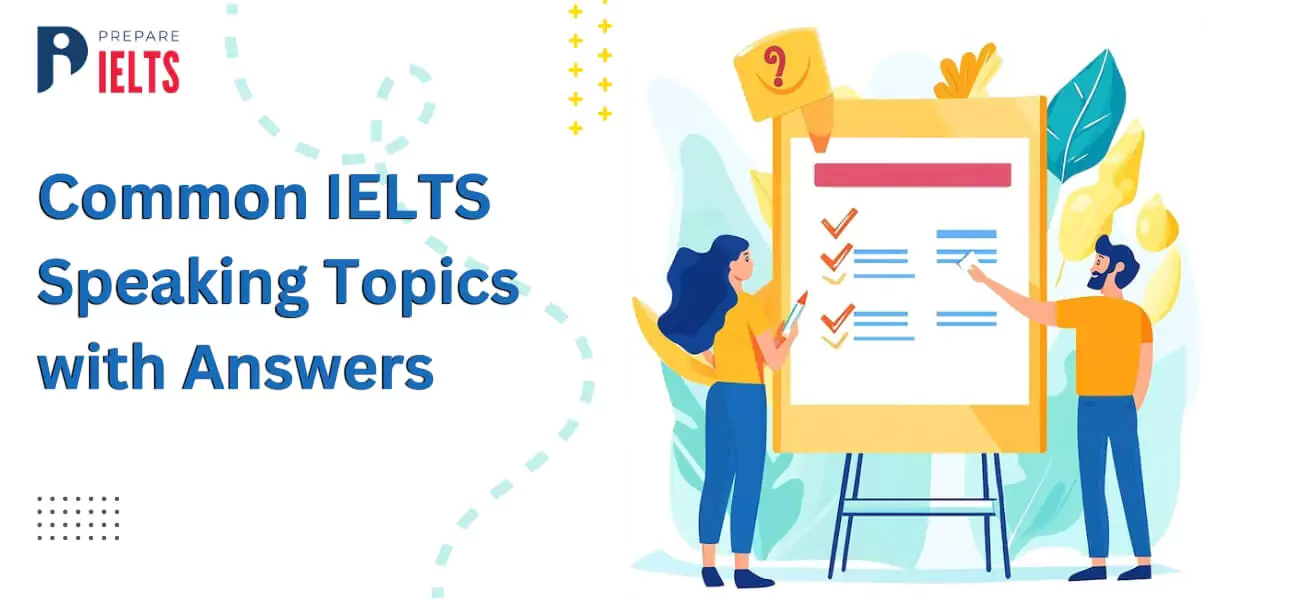
Common IELTS Speaking Topics with Answers
2024-09-20 18:21:56
-

Describe a foreign culture that you like: IELTS speaking cue card
2024-09-18 16:14:11
-

Describe a Rainy Day IELTS Speaking cue card
2024-09-18 11:11:32
-
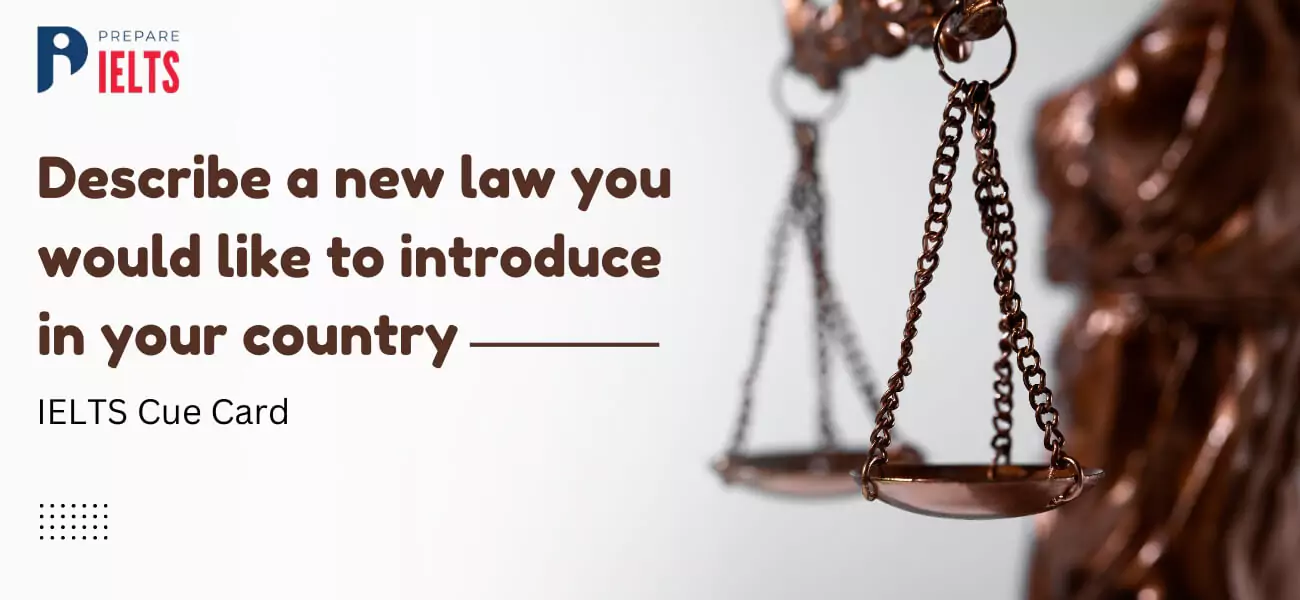
Describe a new law you would like to introduce in your country IELTS cue card
2024-09-13 17:17:46
-
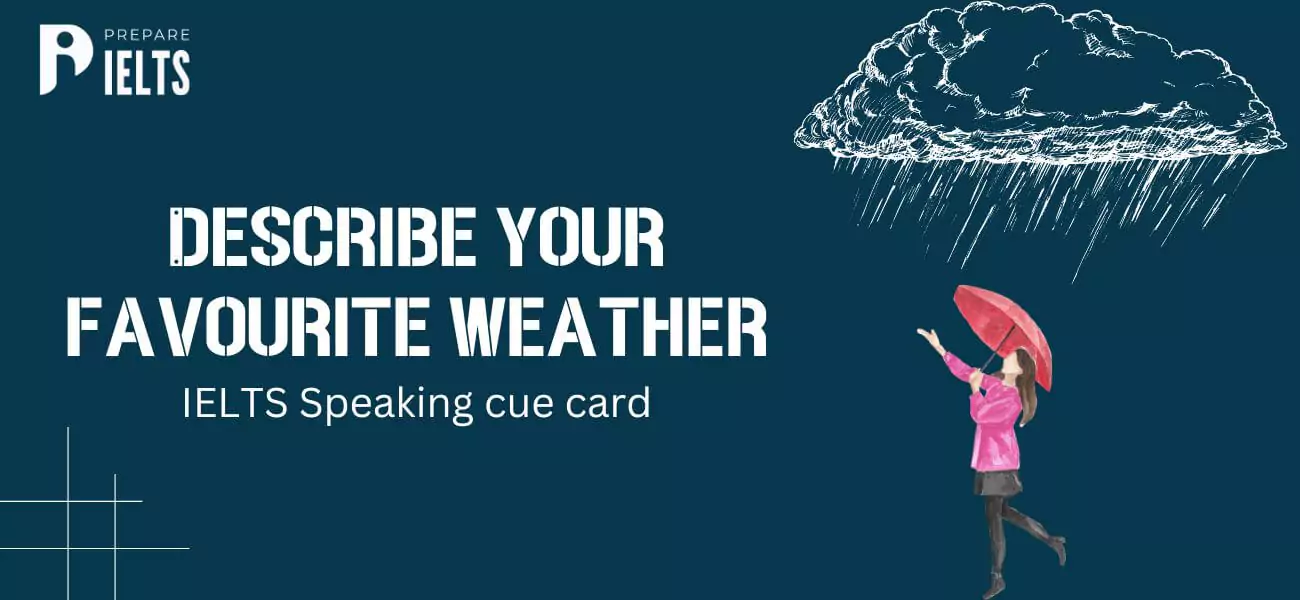
Describe your favourite weather: IELTS cue card
2024-09-11 18:01:28
-

Describe an enjoyable journey by public transport: IELTS cue card
2024-09-09 18:05:45
-
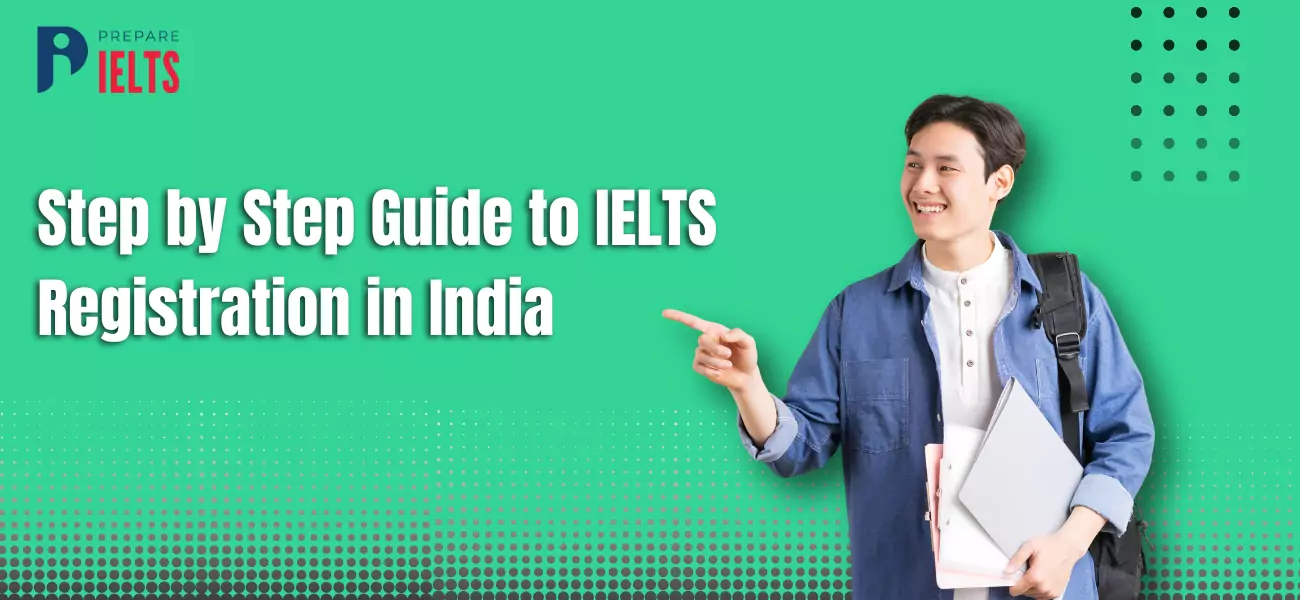
Step-by-Step Guide to IELTS Registration in India for the Year 2024 & 2025
2024-09-07 12:59:51


